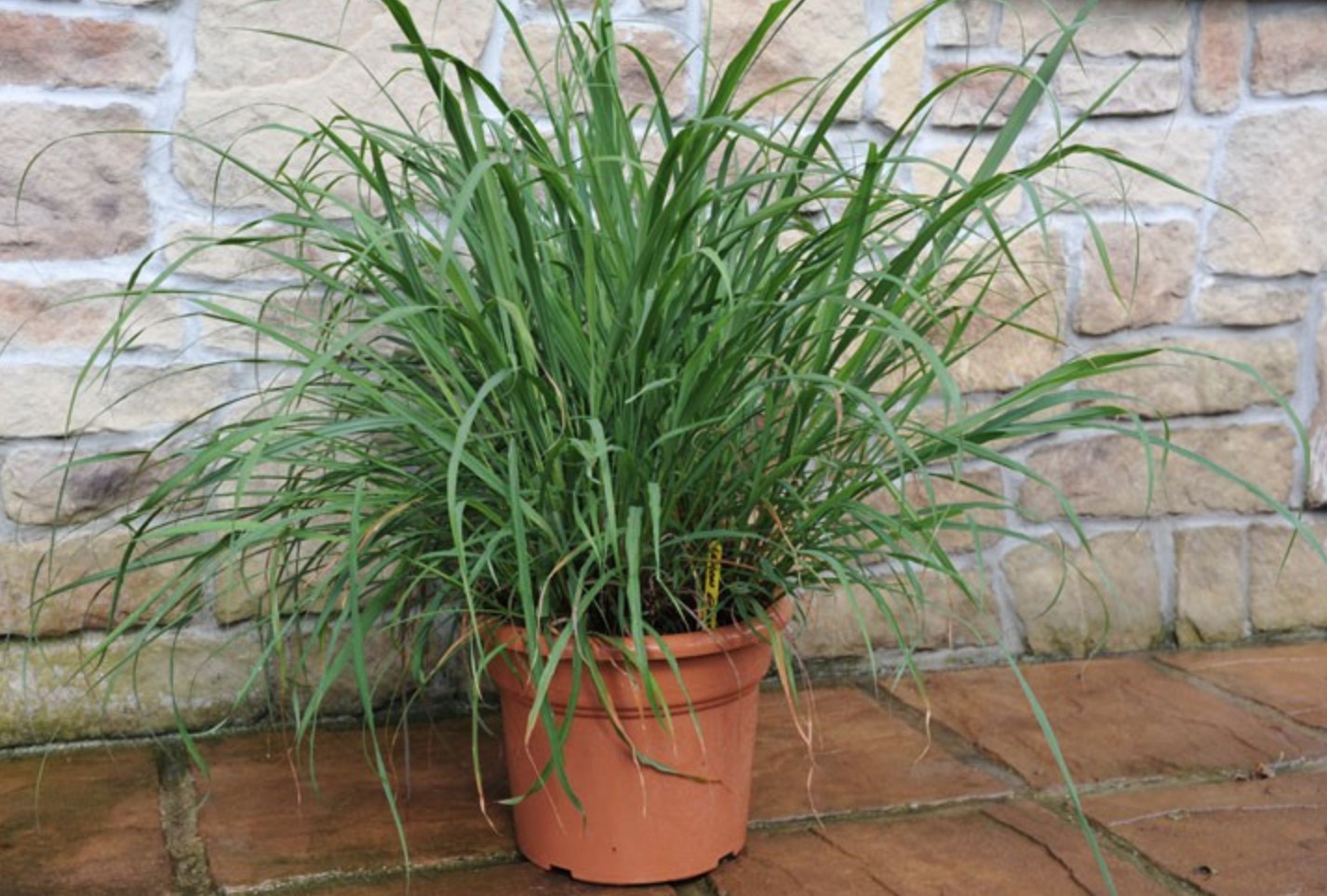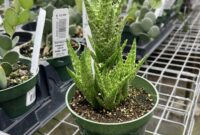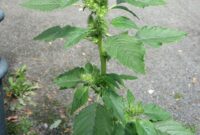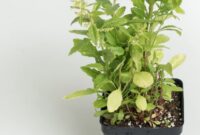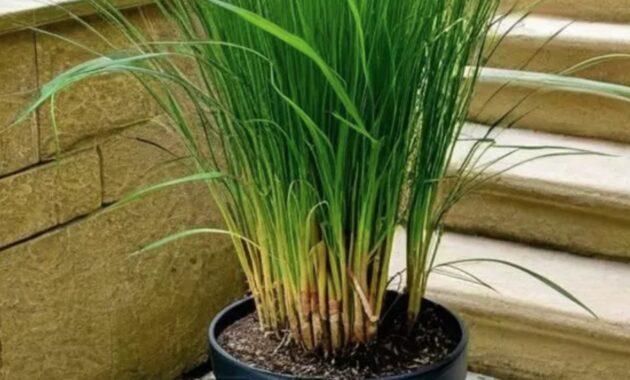
What is Lemongrass?
Lemongrass, scientifically known as Cymbopogon citratus, is a perennial grass native to Southeast Asia. It’s widely recognized for its distinctive lemony scent, which comes from the essential oils present in its leaves. This fragrant herb has been used for centuries in various cultures for culinary, medicinal, and aromatic purposes.
Benefits of Lemongrass
Lemongrass offers a wide range of benefits, both for health and well-being. Here are some of the key advantages:
- Culinary Uses:
- Adds a refreshing citrusy flavor to dishes
- Used in soups, curries, stir-fries, and marinades
- Essential ingredient in Southeast Asian cuisines
- Medicinal Properties:
- Relieves digestive issues like indigestion and bloating
- Soothes muscle aches and pains
- Reduces inflammation
- May help lower blood pressure and cholesterol levels
- Possesses antioxidant properties
- Acts as a natural insect repellent
- Skincare Benefits:
- Reduces acne and blemishes
- Soothes skin irritations and inflammation
- Promotes skin rejuvenation
- Hydrates and nourishes the skin
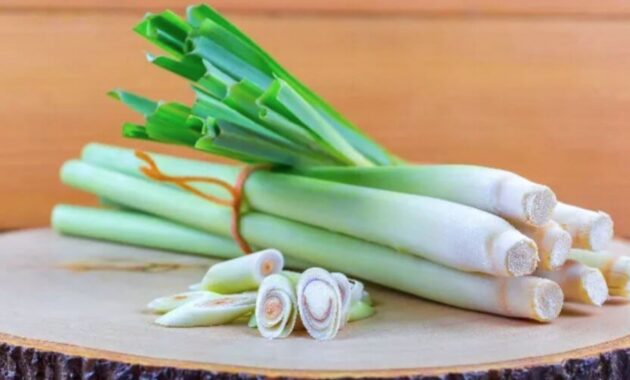
How to Grow Lemongrass
Growing lemongrass at home is relatively easy, even for beginners. Here’s a simple guide:
1.Choose Your Planting Method:
- Seed Propagation: Although possible, it’s a slower process.
- Division: A faster and more reliable method, involving dividing mature clumps.
- Stem Cuttings: A simple technique where stem cuttings are rooted in water or soil.
2.Prepare the Soil:
- Lemongrass thrives in well-draining, fertile soil.
- Amend your soil with compost or well-rotted manure.
3.Planting:
- Plant the seedlings, divisions, or cuttings in the prepared soil.
- Space them about 1-2 feet apart.
4.Watering:
- Water regularly, especially during dry periods.
- Avoid overwatering, as it can lead to root rot.
5.Sunlight:
- Lemongrass prefers full sun to partial shade.
6.Maintenance:
- Regularly remove weeds to prevent competition.
- Apply a balanced fertilizer once or twice a year.
- Harvest the leaves as needed, cutting them close to the base.
Caring for Your Lemongrass Plant
Here are some tips for keeping your lemongrass plant healthy and thriving:
- Indoor Care:
- Place your lemongrass plant in a bright, sunny spot indoors.
- Water regularly, but avoid overwatering.
- Repot your plant every 1-2 years.
- Outdoor Care:
- Plant your lemongrass in a sunny location.
- Water deeply and regularly, especially during dry spells.
- Mulch around the base of the plant to retain moisture and suppress weeds.
- Pest and Disease Control:
- Lemongrass is generally pest and disease resistant. However, watch out for aphids and scale insects.
- Use insecticidal soap or neem oil to control these pests.
Incorporating Lemongrass into Your Daily Life
There are numerous ways to enjoy the benefits of lemongrass:
- Culinary Uses:
- Add fresh lemongrass leaves to soups, curries, and stir-fries.
- Use lemongrass stalks to infuse water, tea, or cocktails.
- Make lemongrass paste for marinades and dressings.
- Medicinal Uses:
- Brew lemongrass tea to soothe digestion and reduce inflammation.
- Apply lemongrass essential oil topically to relieve muscle aches and pains.
- Skincare Uses:
- Use lemongrass essential oil in DIY skincare products like face masks and toners.
- Enjoy a relaxing lemongrass-infused bath.
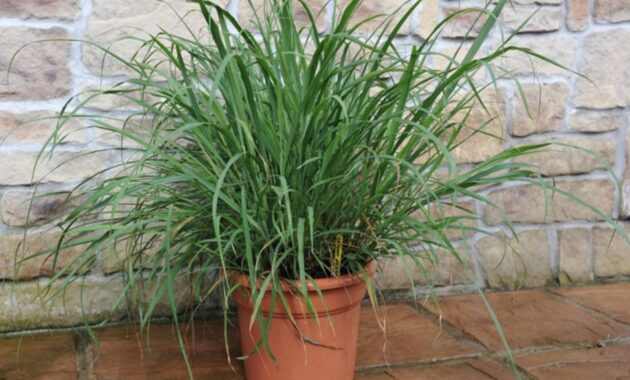
Conclusion
Lemongrass is a versatile herb with a wide range of benefits. Whether you’re using it in the kitchen, for medicinal purposes, or in your skincare routine, lemongrass can enhance your life in many ways. By following these simple tips, you can grow and care for your own lemongrass plant and reap the rewards of this wonderful herb.
FAQs
1.Can I use lemongrass essential oil directly on my skin?
It’s best to dilute lemongrass essential oil with a carrier oil before applying it to your skin. Undiluted essential oil can irritate the skin.
2.How often should I harvest lemongrass?
You can harvest lemongrass leaves as needed. Cut the outer leaves, leaving the inner ones to continue growing.
3.Can I propagate lemongrass from root cuttings?
Yes, you can propagate lemongrass from root cuttings. Simply cut a piece of root and plant it in well-draining soil.
4.Can I use dried lemongrass?
Yes, you can use dried lemongrass, but fresh lemongrass has a more intense flavor.
5.What are some common pests and diseases that affect lemongrass?
Lemongrass is generally resistant to pests and diseases. However, it can be affected by aphids, scale insects, and fungal diseases like leaf blight.
